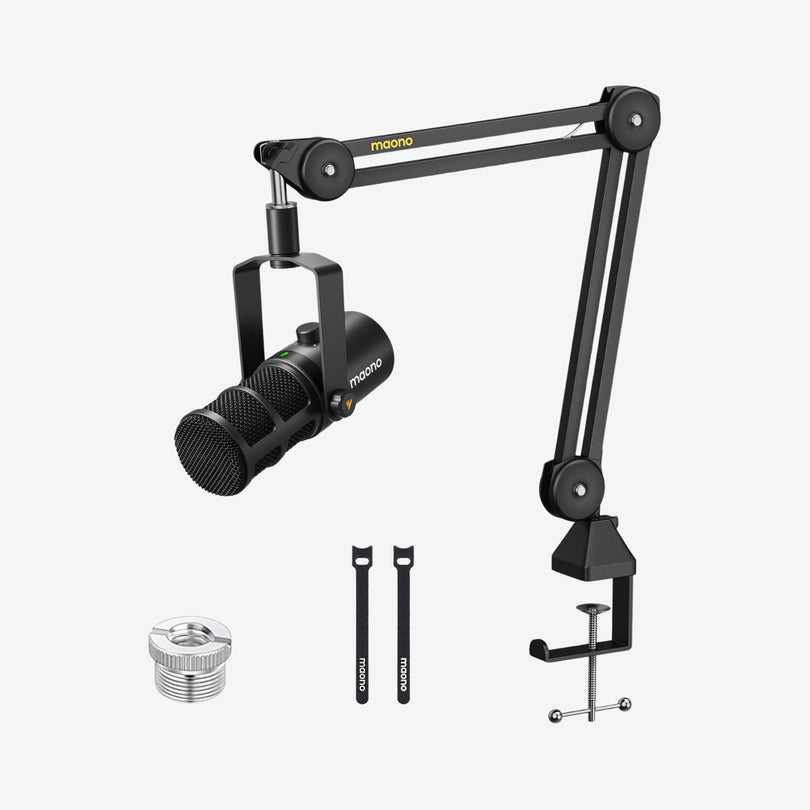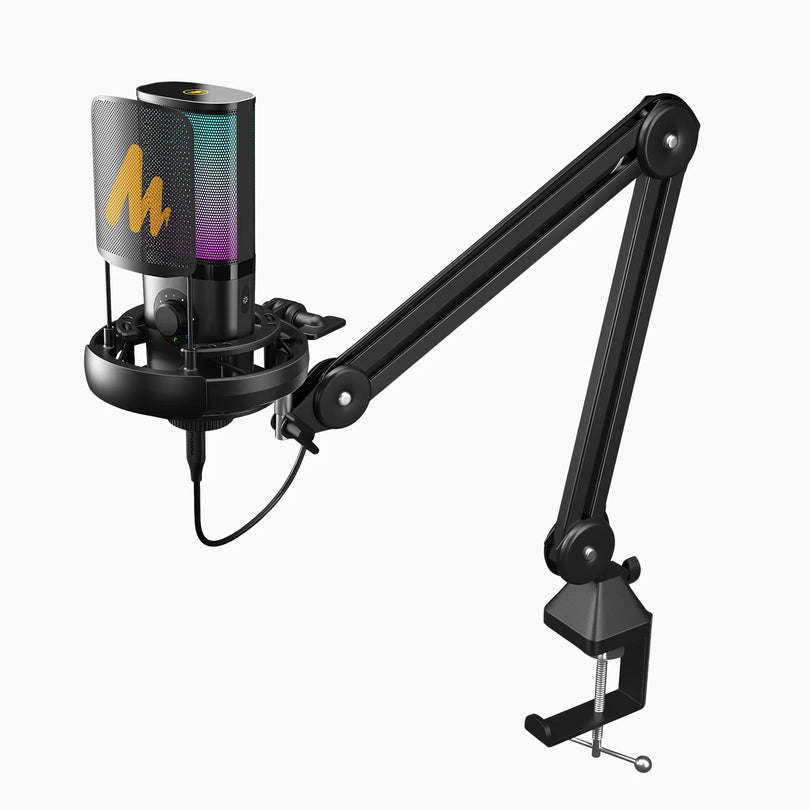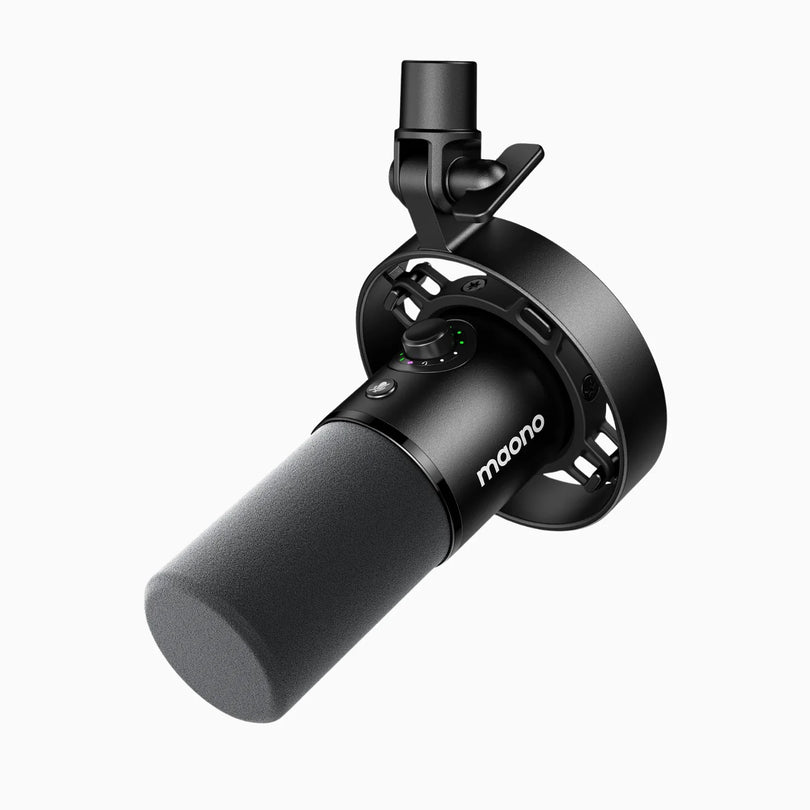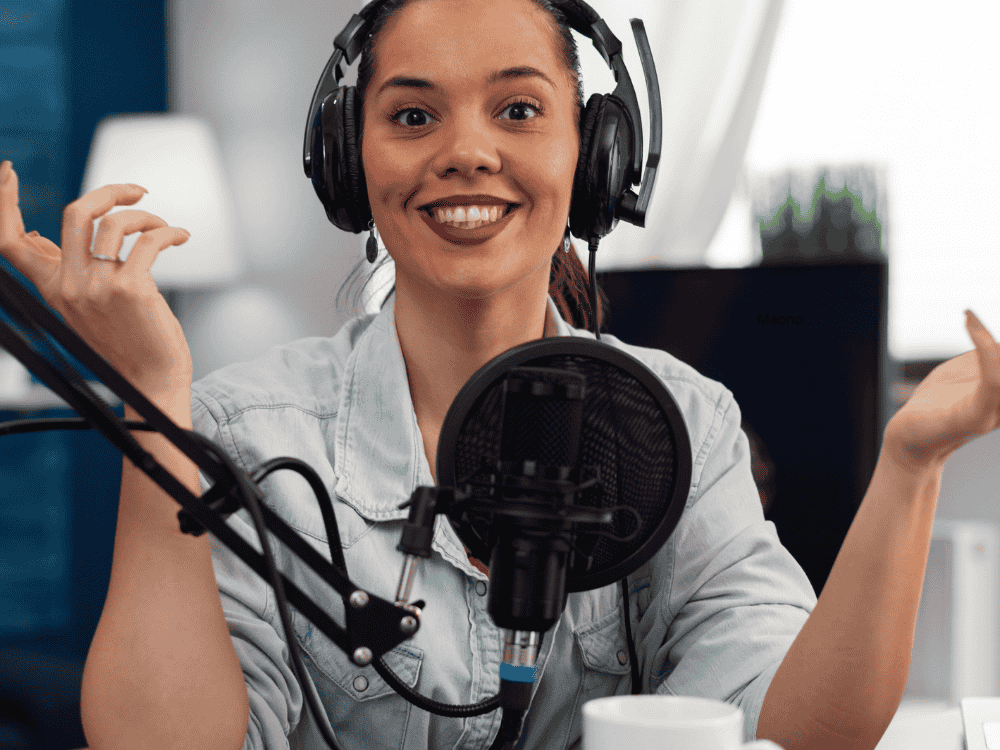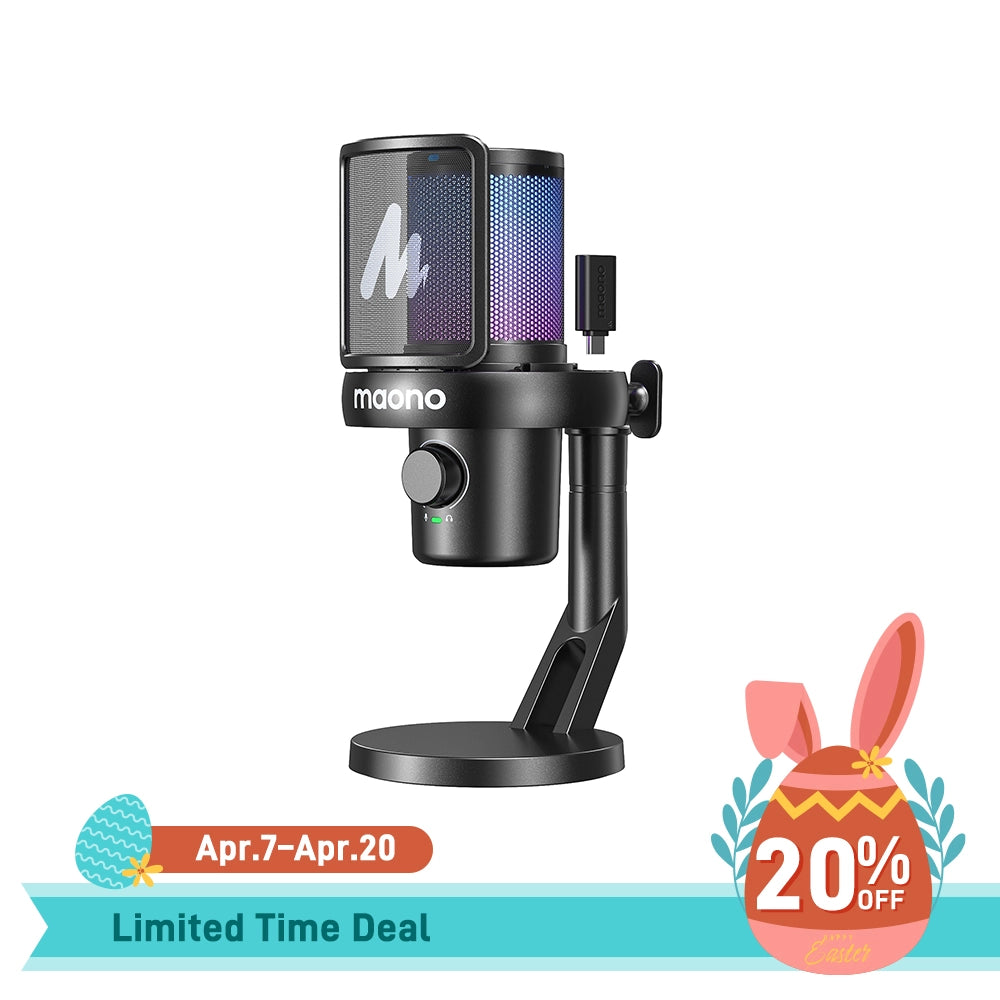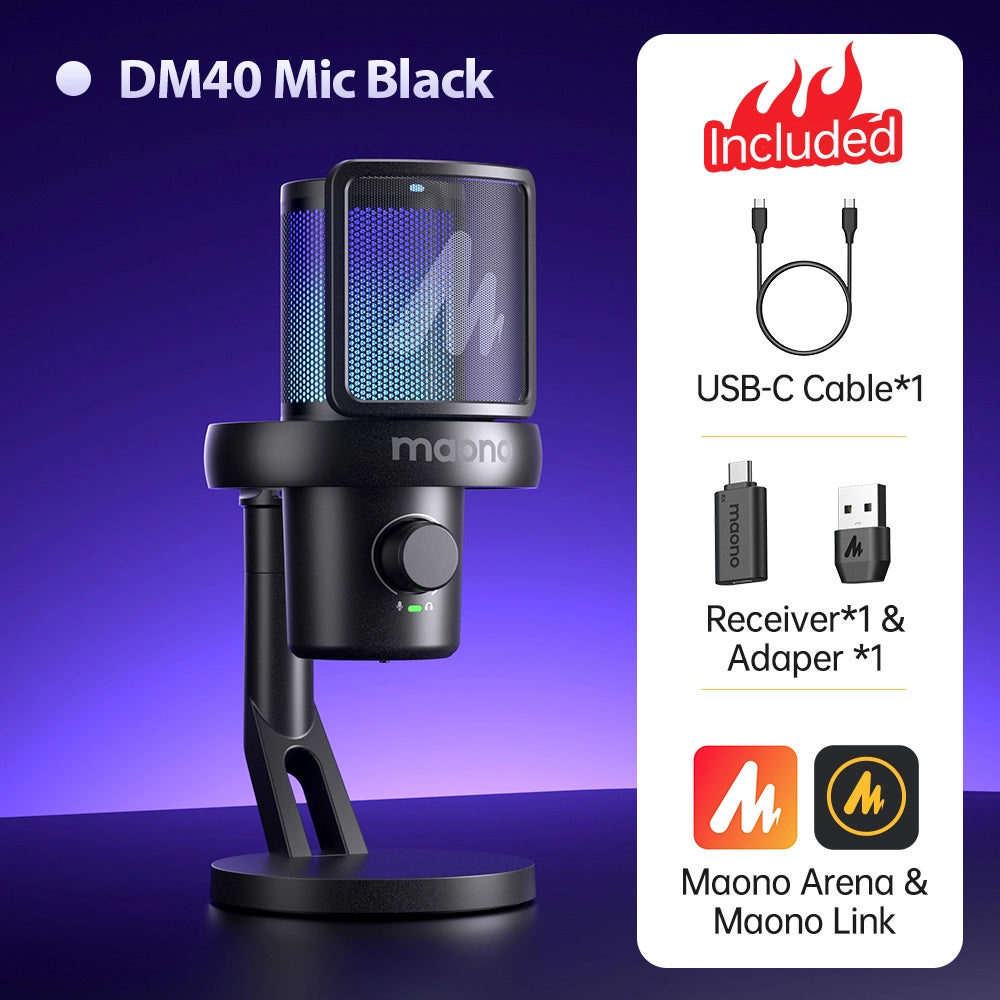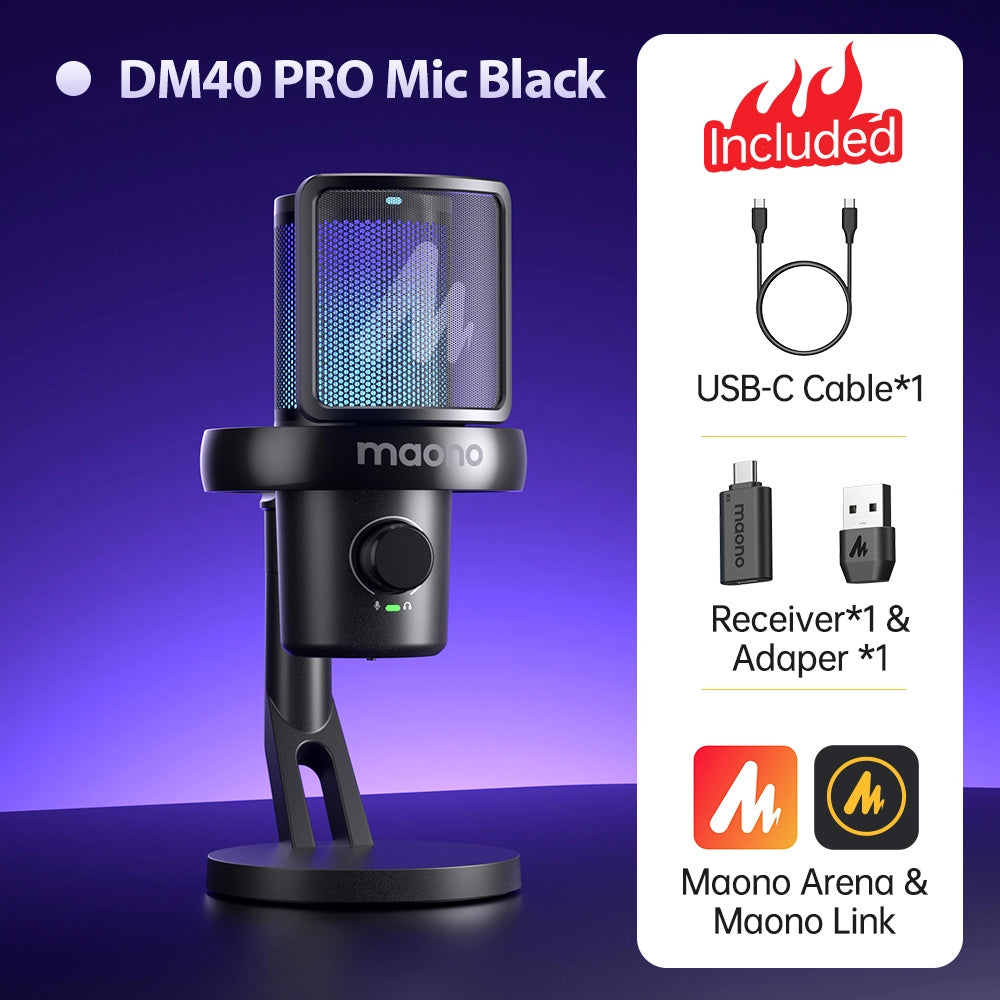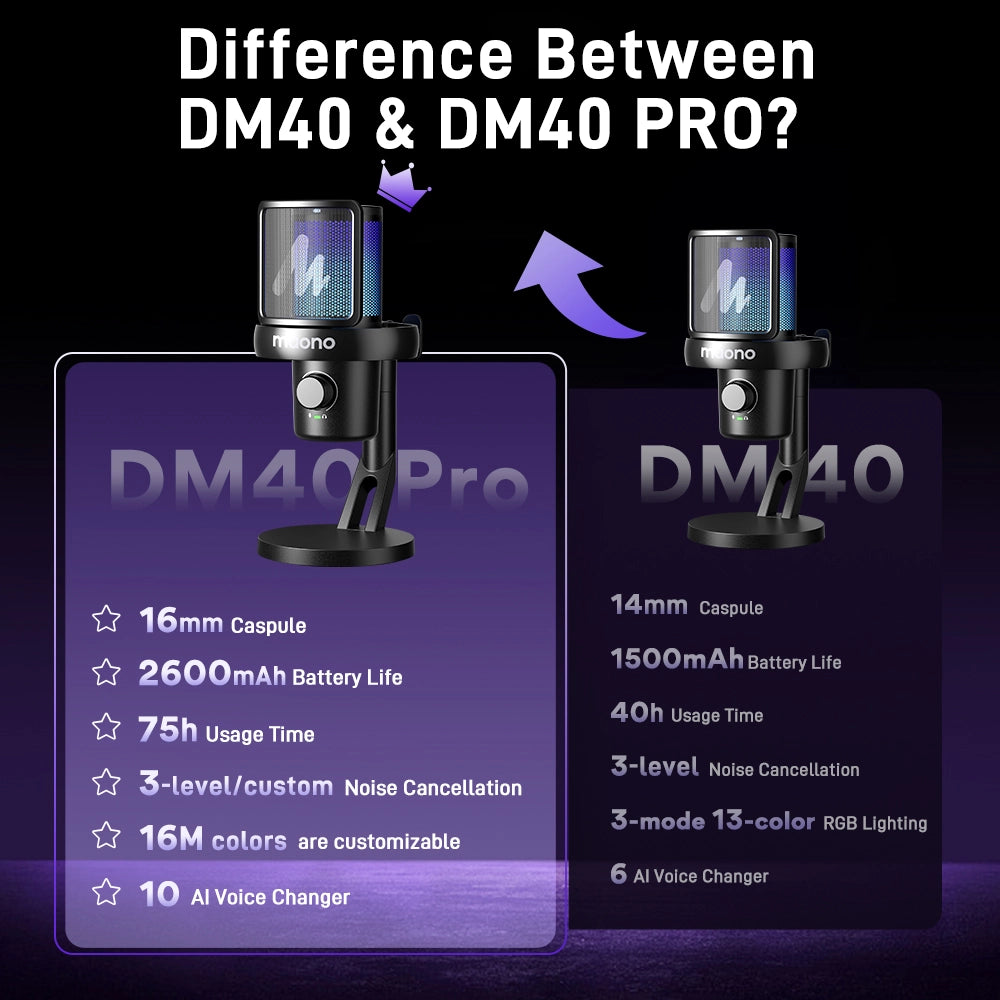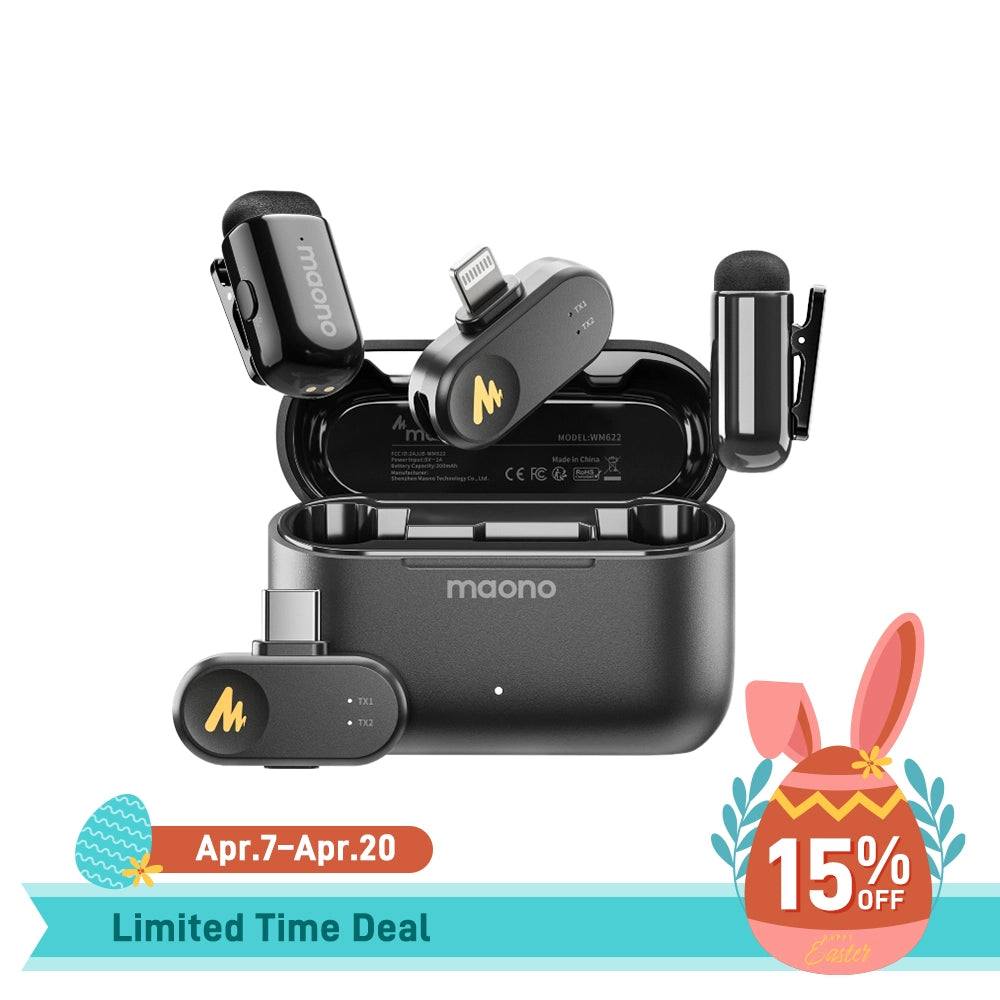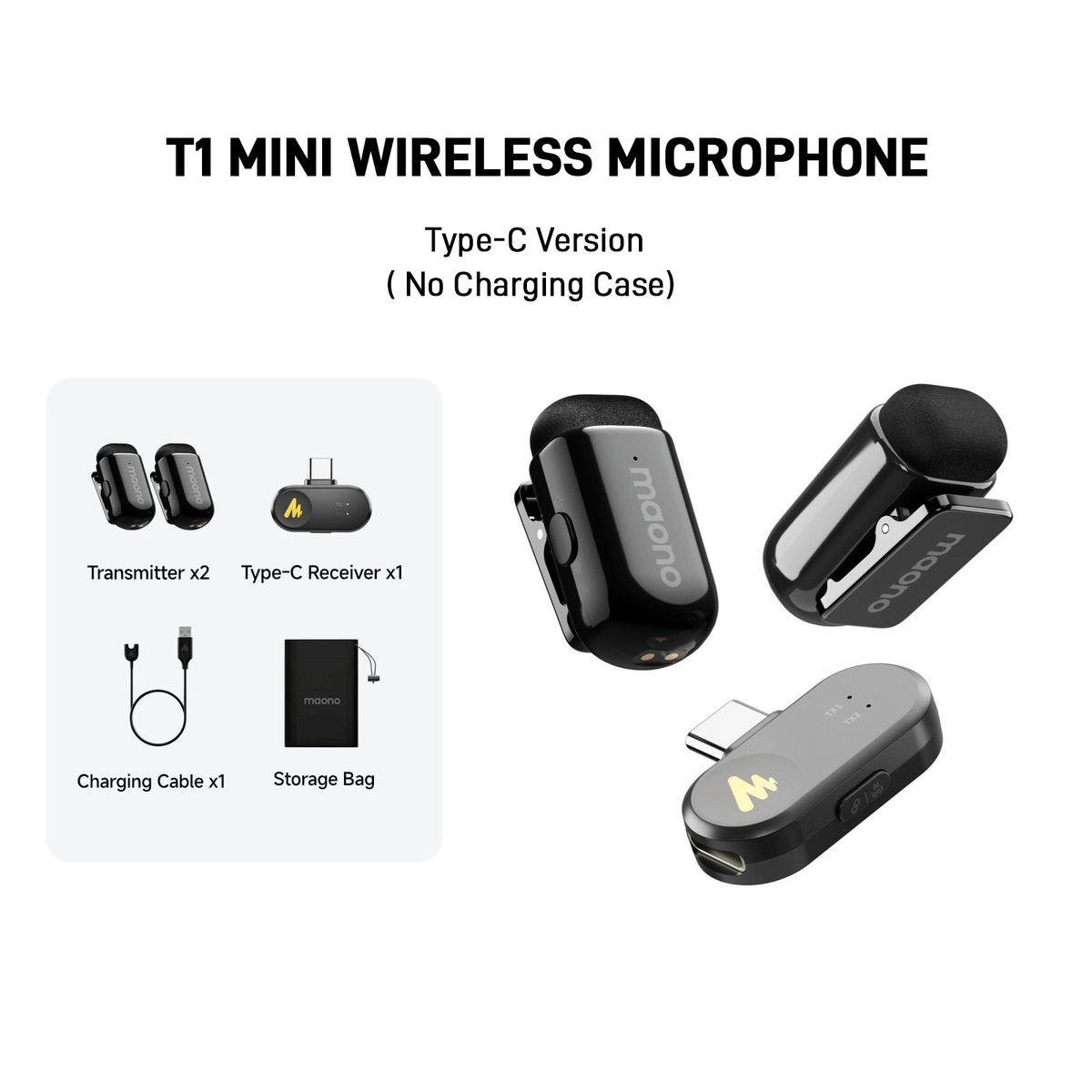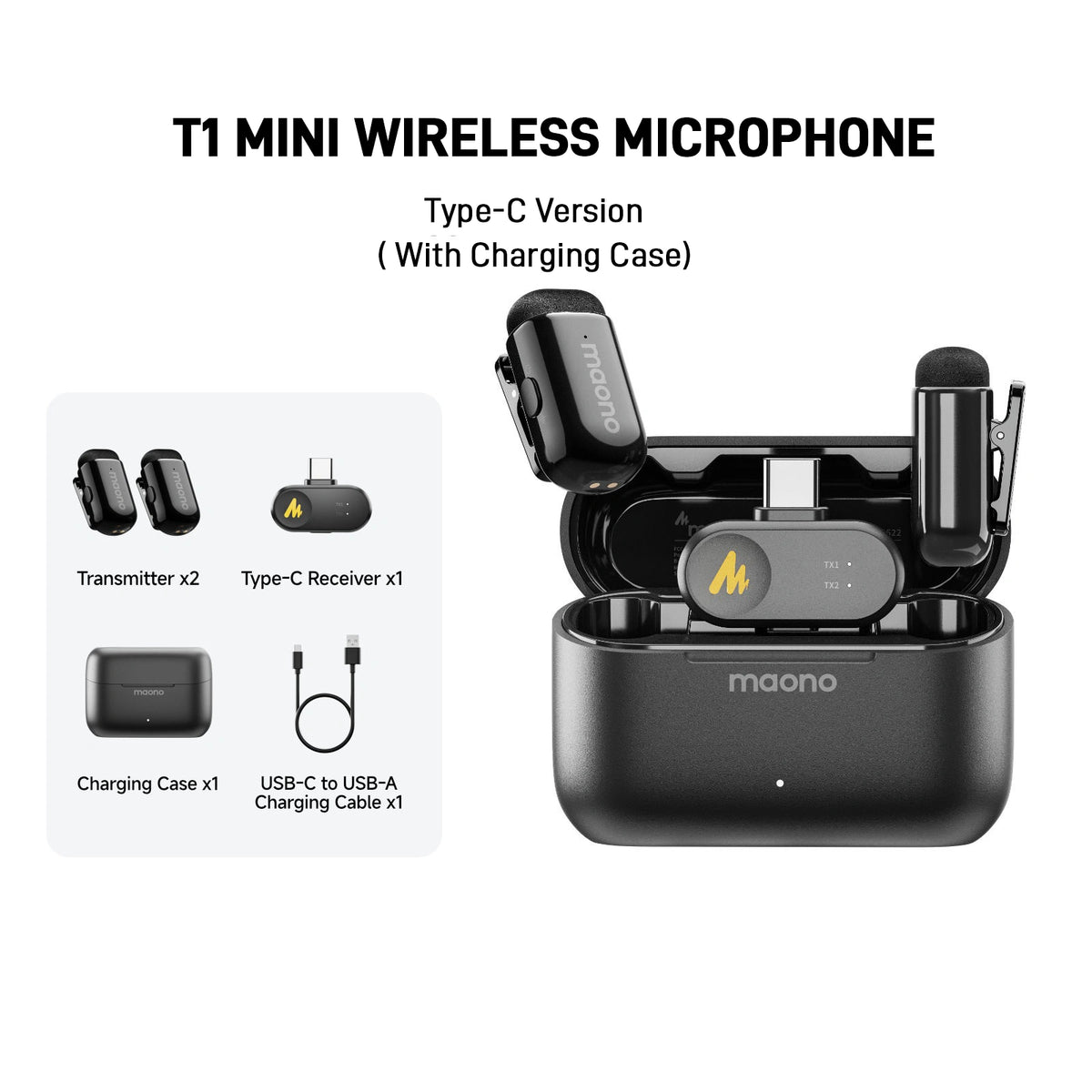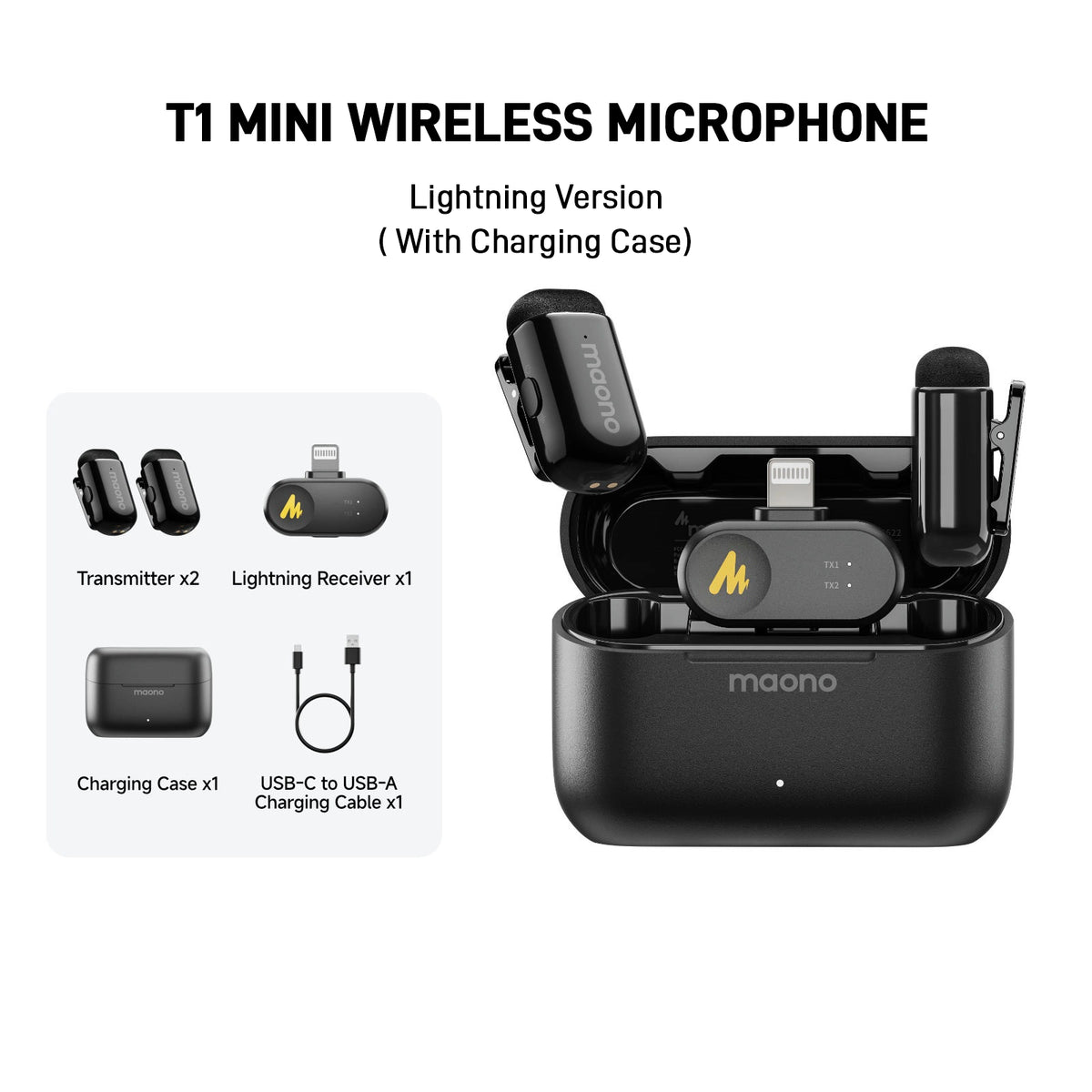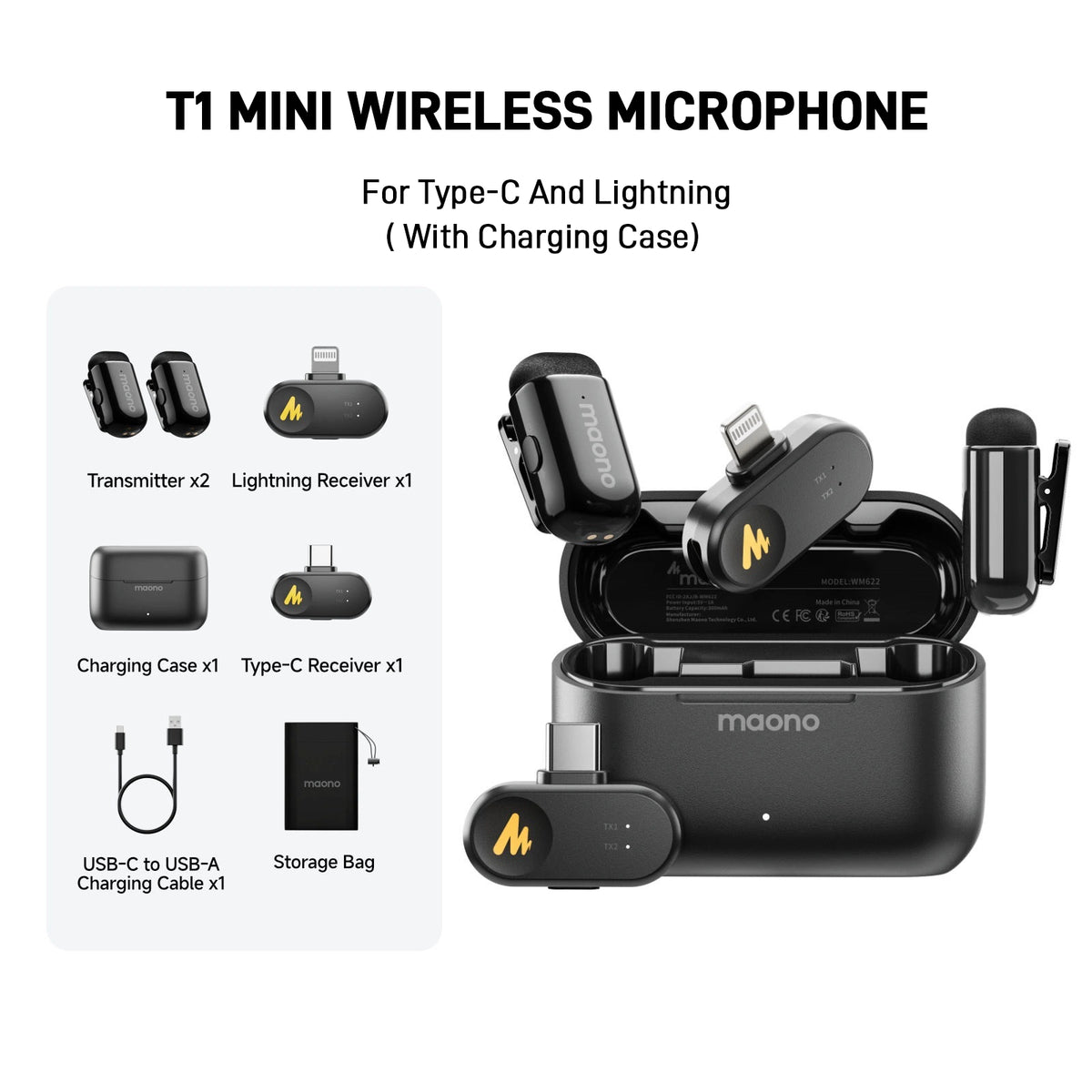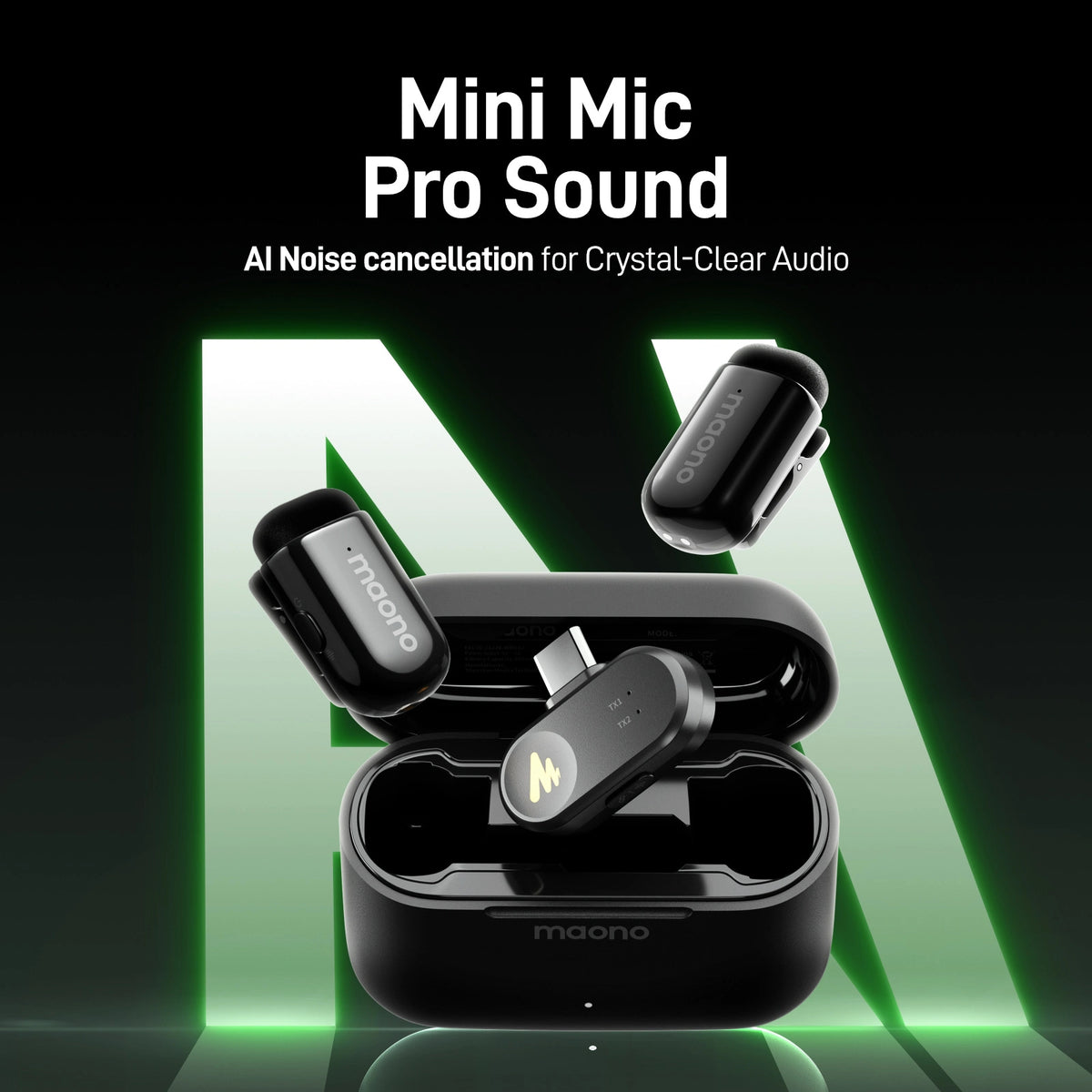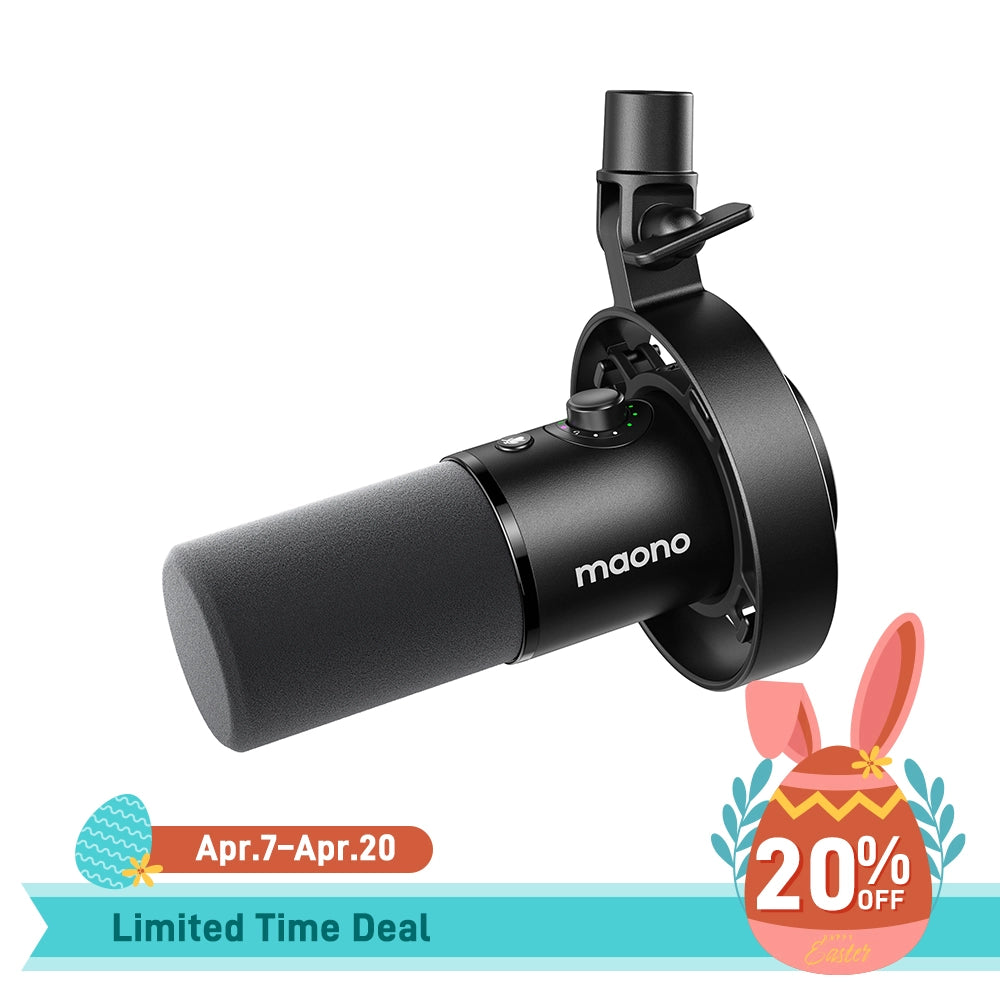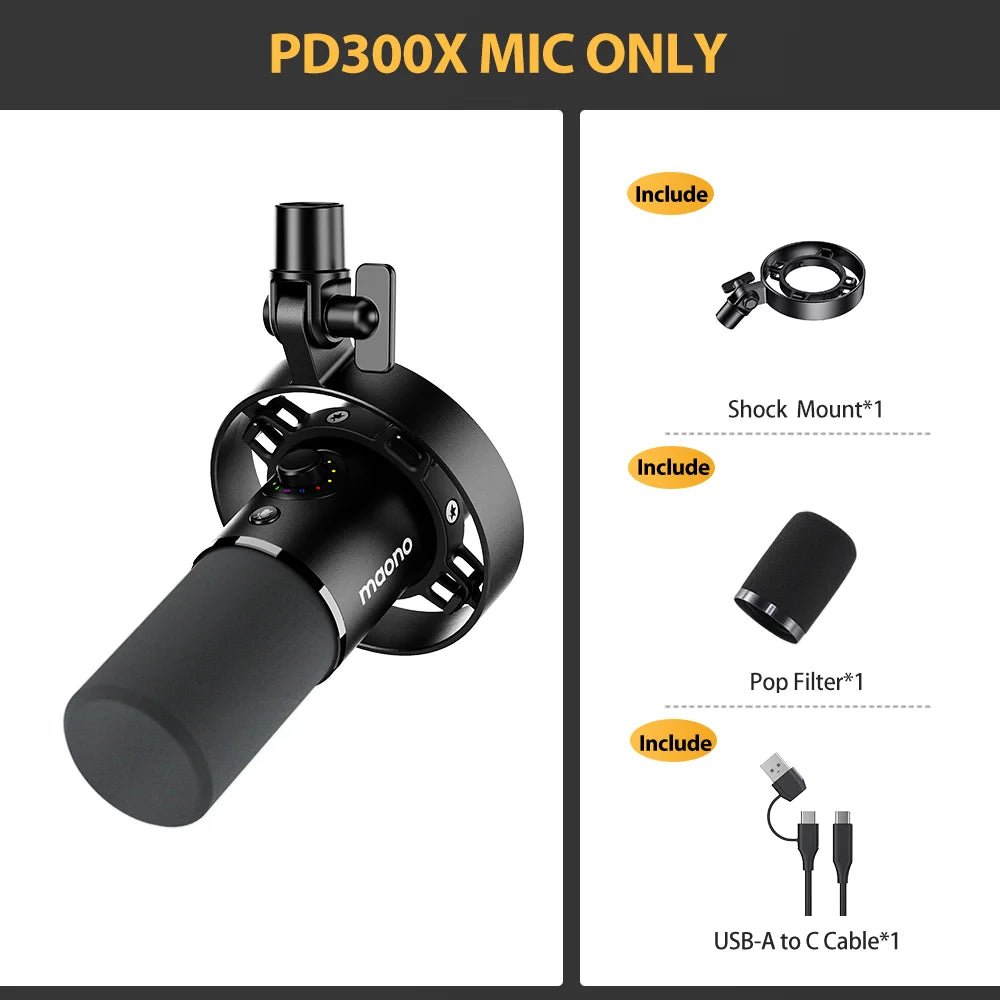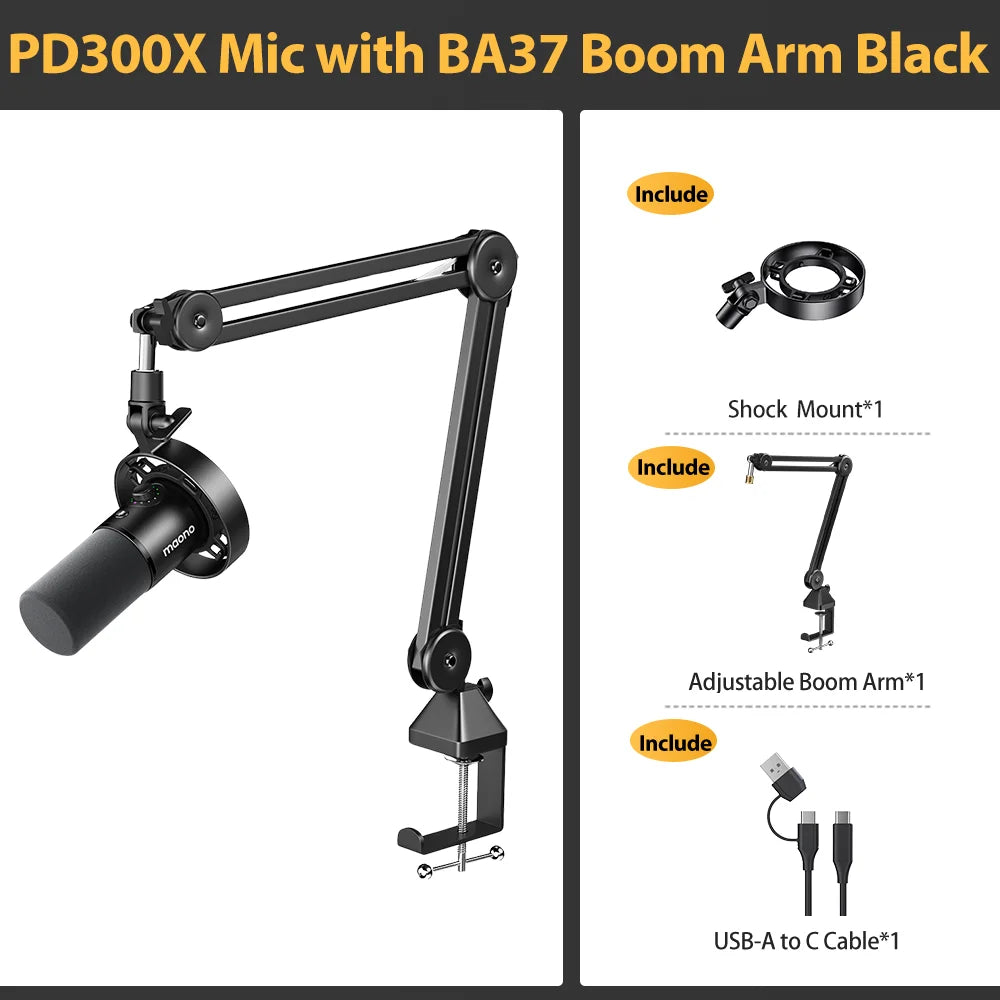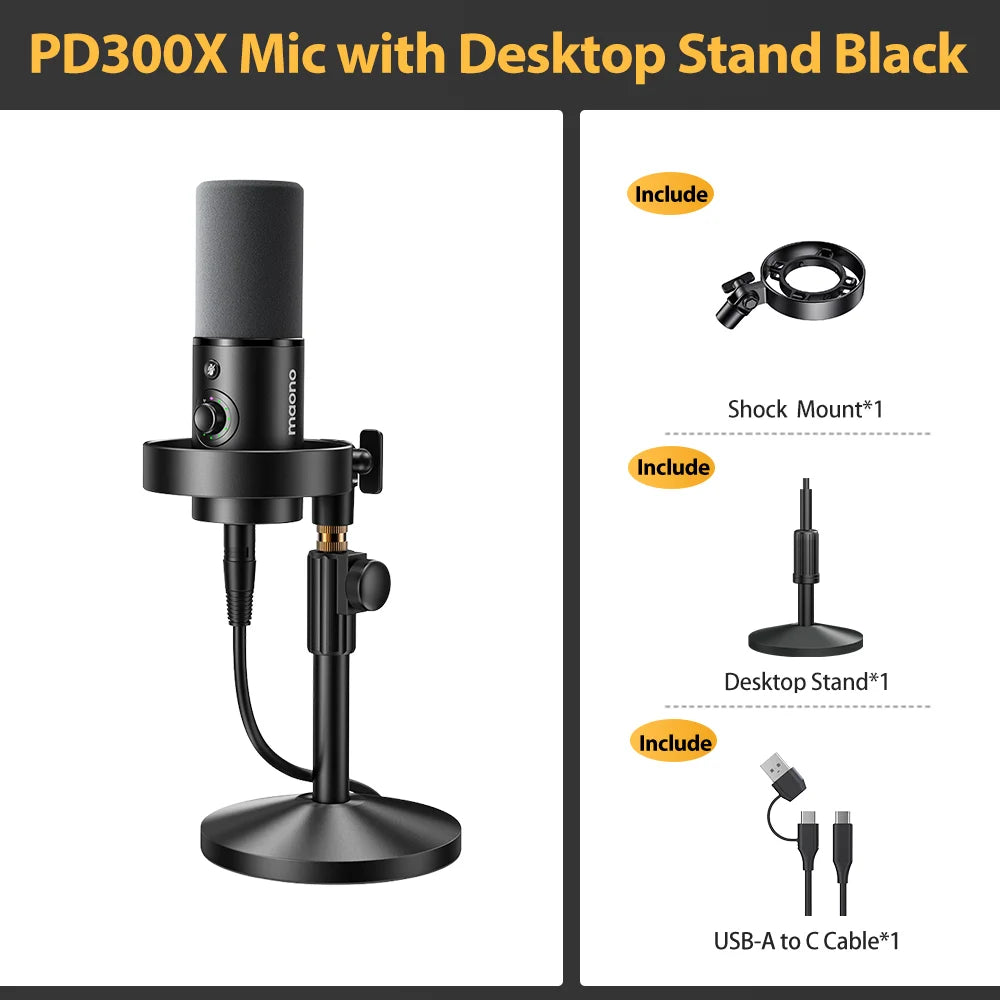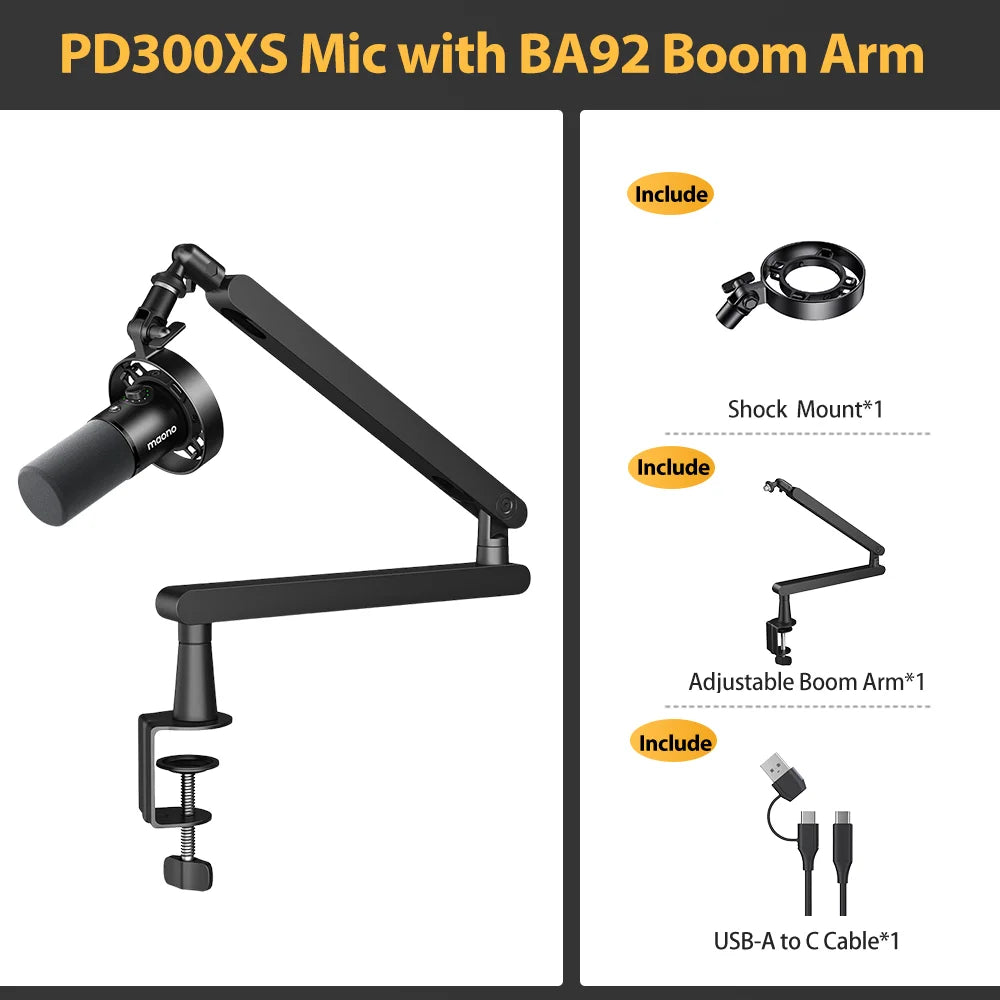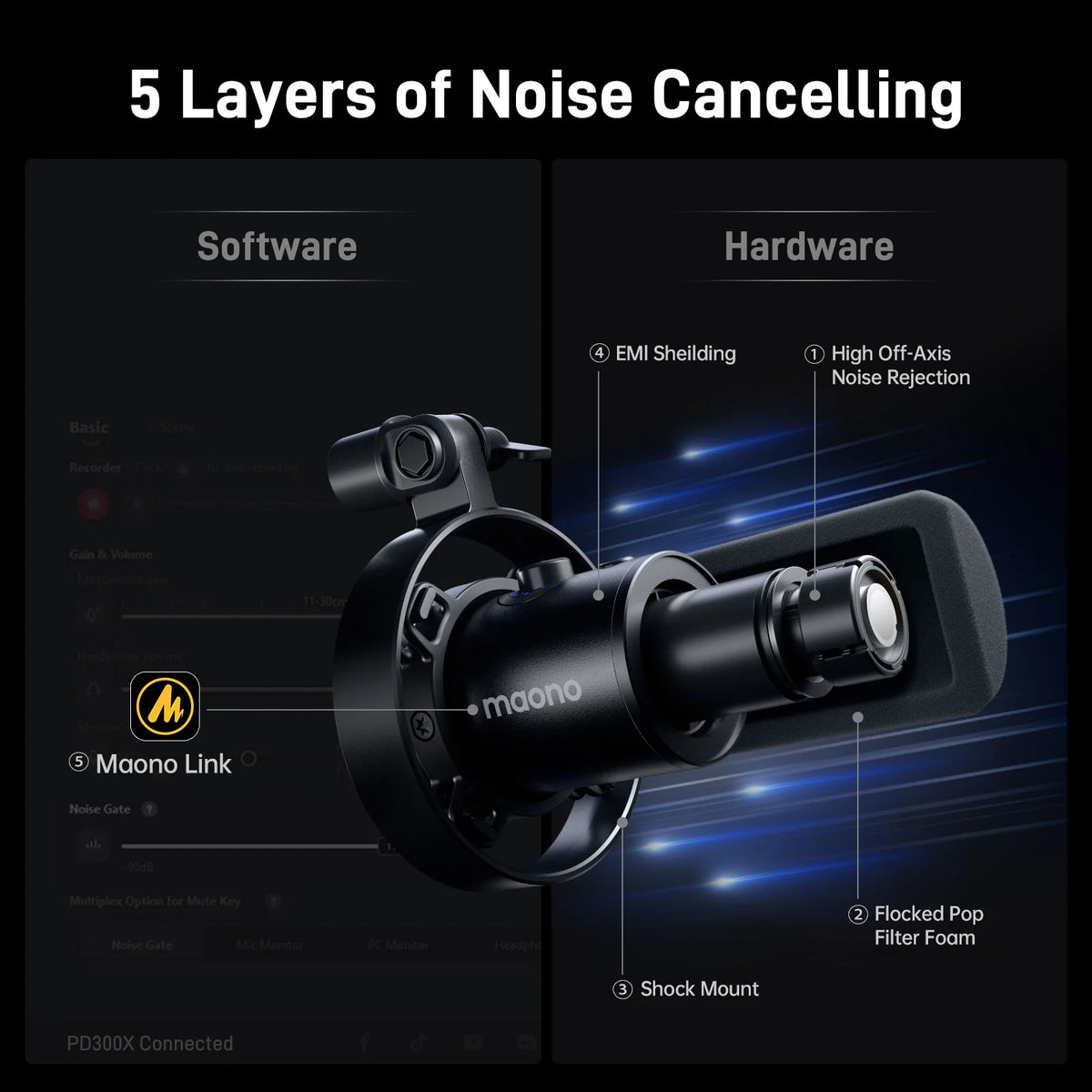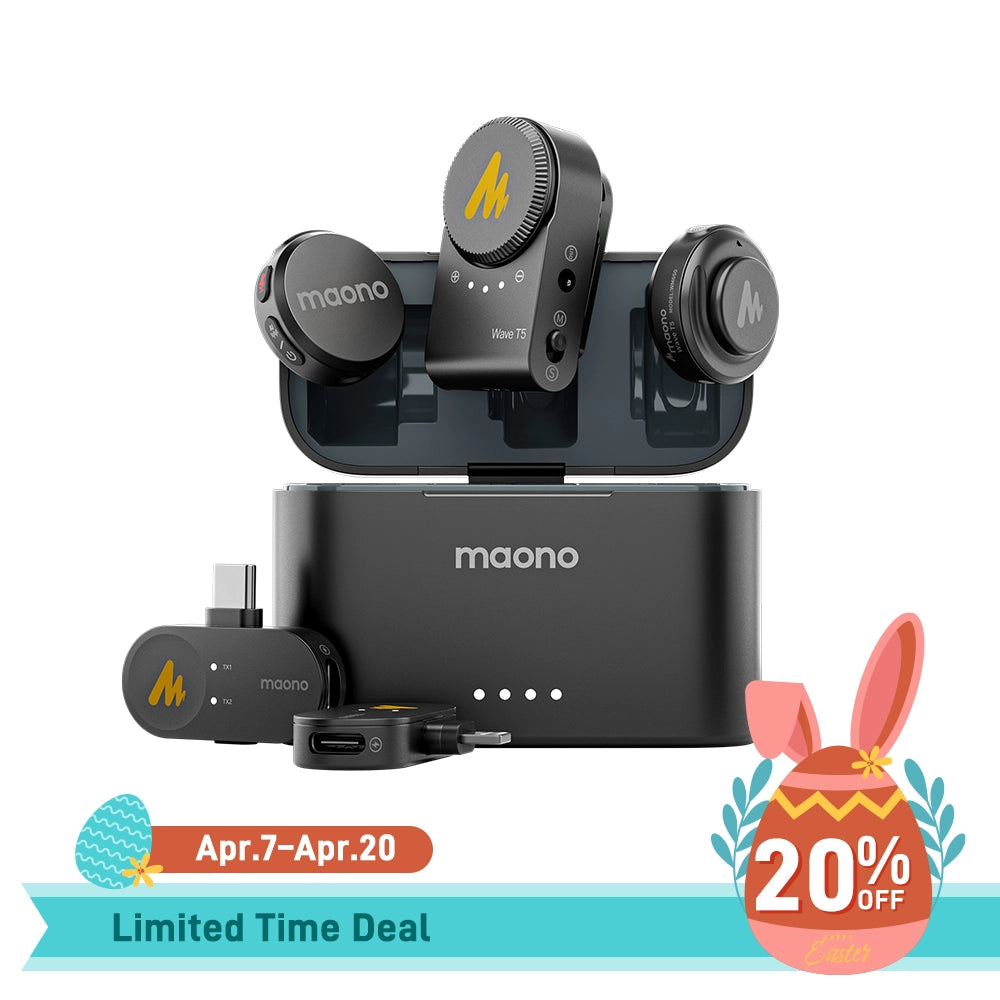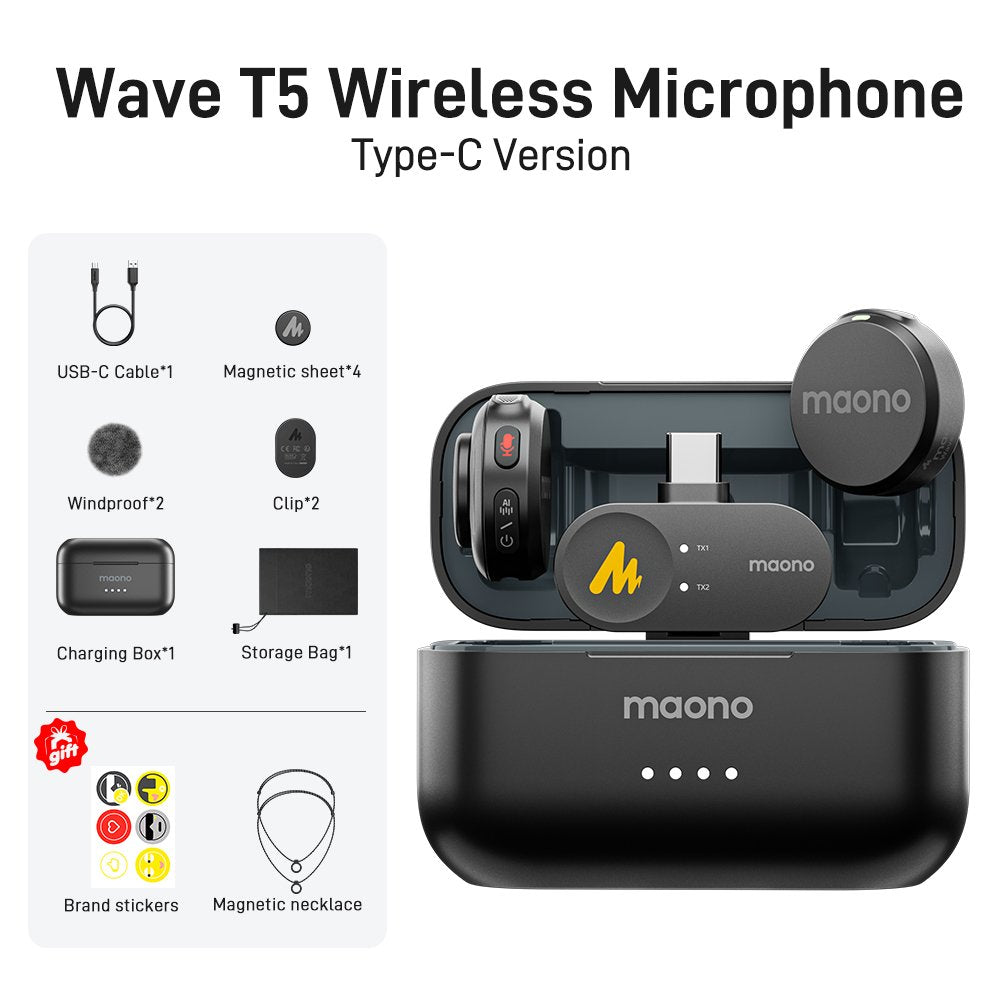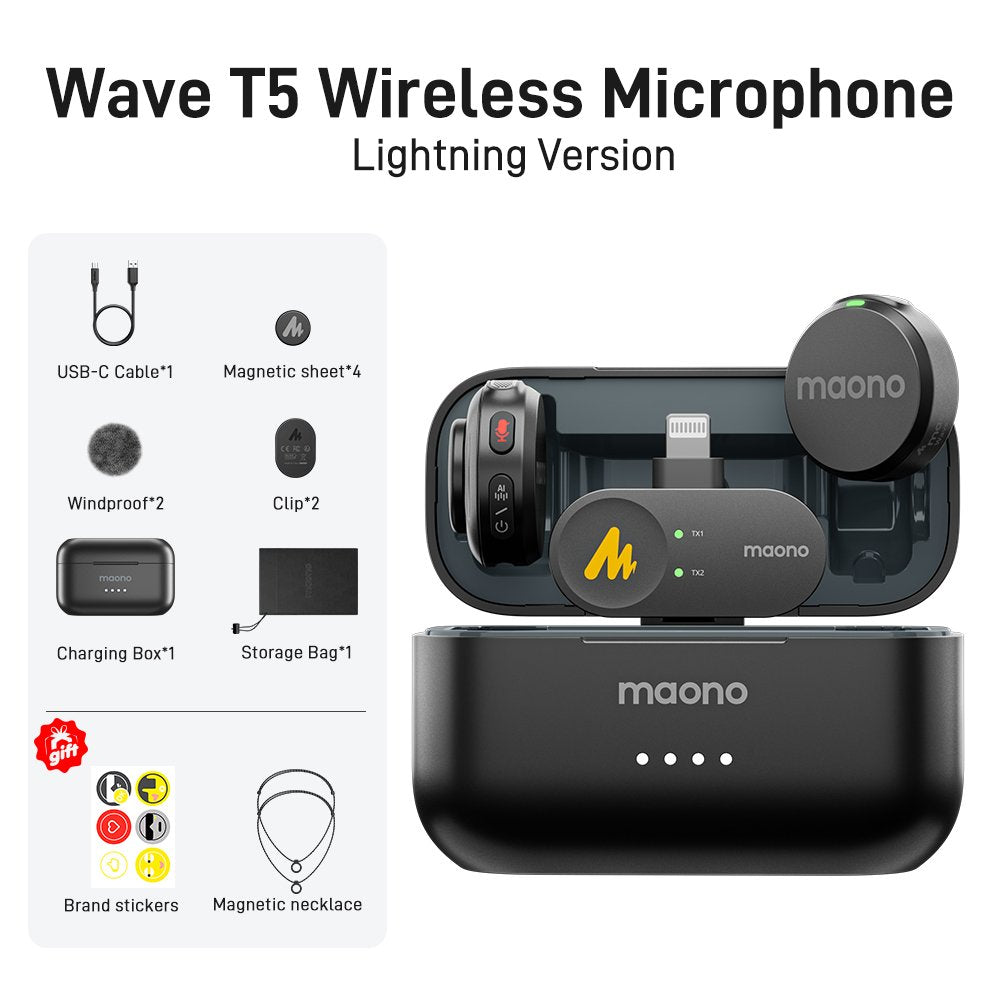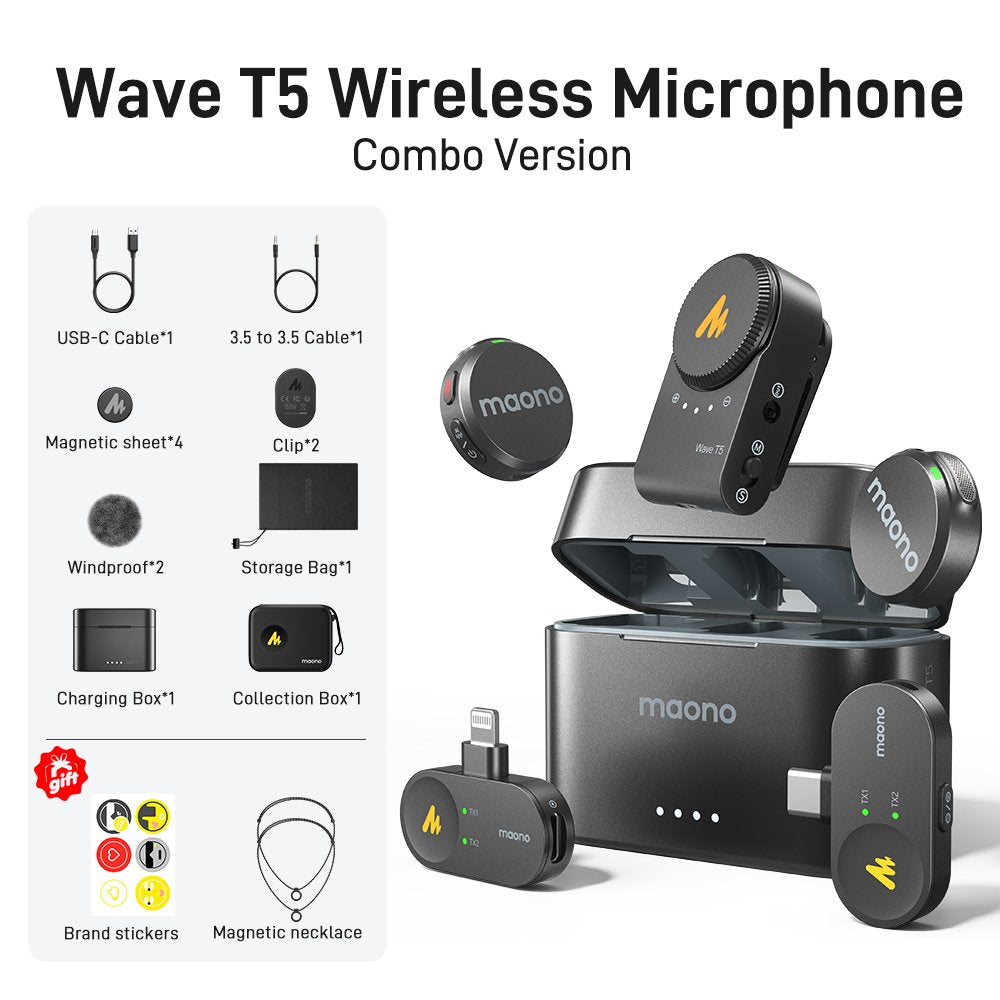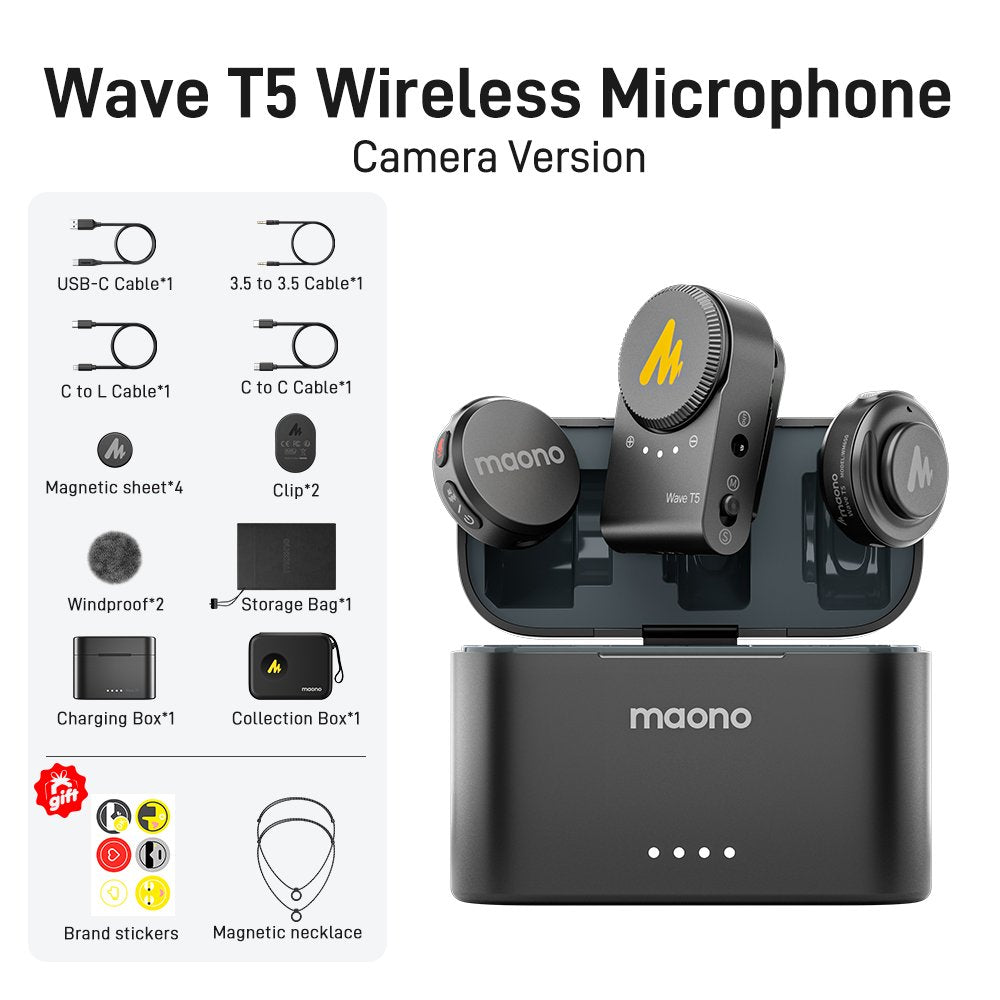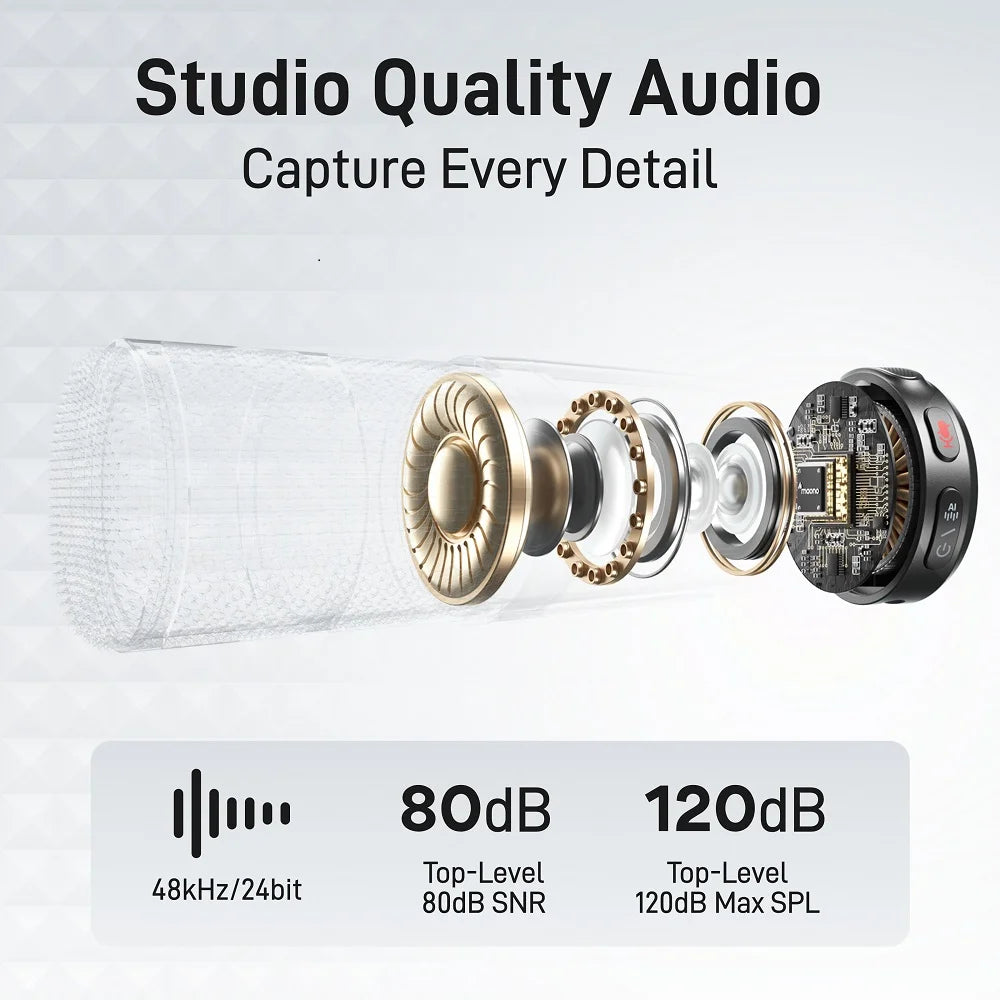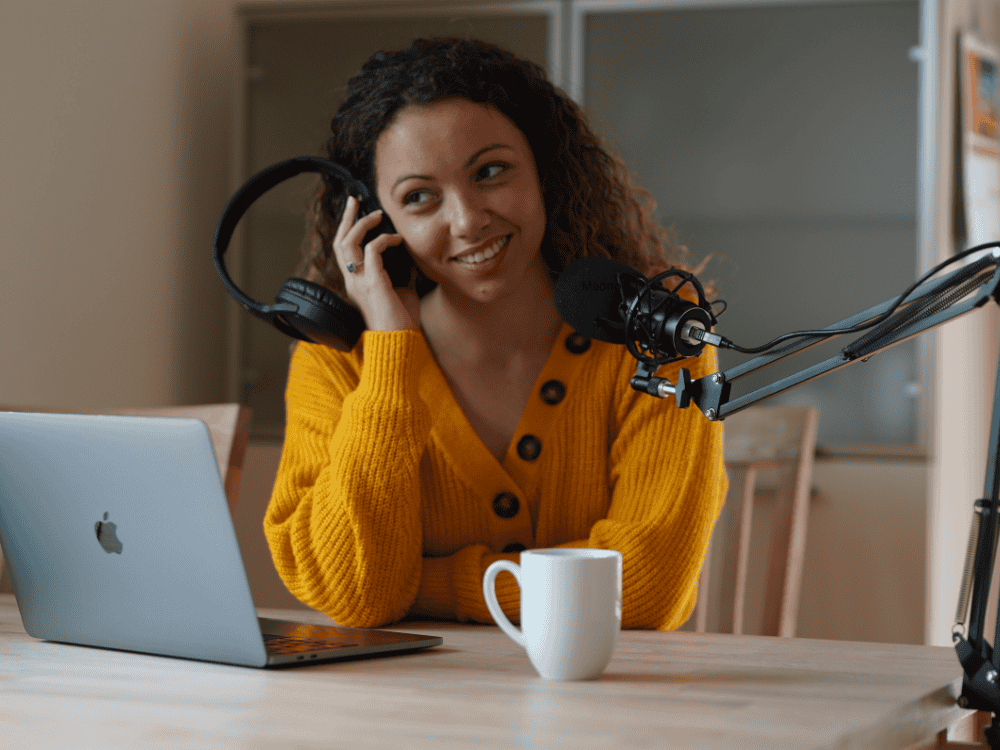Your audience deserves crystal-clear, professional audio that keeps them engaged from start to finish. Whether you’re podcasting, streaming, or recording vocals, a dynamic mic can elevate your sound quality by reducing background noise and delivering rich, natural tones. But is a dynamic USB/XLR mic the right choice for your needs? Let’s explore how these microphones can transform your content and captivate listeners.
Audio quality plays a crucial role in capturing and maintaining an audience’s attention, whether for podcasting, streaming, or vocal recordings. A dynamic USB/XLR microphone is an excellent choice for creating professional-sounding content, as it provides durability, noise rejection, and versatility. But is a dynamic mic suitable for recording vocals? The answer is yes, particularly in environments where background noise can be an issue. Unlike condenser microphones, which are more sensitive to ambient sounds, dynamic microphones excel in isolating the speaker’s voice, making them ideal for content creators.
How Do You Compare Dynamic vs. Condenser Mics When Recording Vocals?
When deciding between a dynamic vs condenser mic, it’s essential to understand their differences:
-
Dynamic Microphones: These are durable, less sensitive to background noise, and great for live performances or recording in untreated rooms. They provide a warm, natural sound that’s perfect for spoken-word content.
-
Condenser Microphones: These mics offer greater sensitivity and a broader frequency response, making them ideal for studio recording in controlled environments. However, they may pick up unwanted background noise in an untreated space.
For podcasters and streamers who want to hook their audience with clear, engaging audio, a dynamic USB/XLR microphone is a strong choice, particularly when recording in non-studio environments.
How Can I Use a USB Microphone to Create Engaging Audio for My Audience?
Using a USB microphone can enhance the listening experience for your audience. Here’s how to maximize its impact:
-
Optimize Microphone Placement – Position the mic 6–12 inches away from your mouth to capture crisp and clear vocals.
-
Use a Pop Filter – This reduces plosive sounds (like “p” and “b” sounds) that can cause distortion.
-
Adjust Gain Settings – Set the microphone gain properly to prevent clipping and distortion while ensuring your voice remains prominent.
-
Control Background Noise – Use noise suppression software or record in a quiet space to maintain high-quality sound.
-
Engage with Vocal Dynamics – Vary your tone, pitch, and pacing to make your delivery more engaging.
How Do USB Microphones Compare to XLR Microphones for Audience Engagement?
Both USB and XLR microphones have their strengths, but the best choice depends on the creator’s needs:
-
USB Microphones: Convenient, plug-and-play functionality makes them ideal for beginners and solo content creators. They offer excellent sound quality without requiring additional equipment.
-
XLR Microphones: These require an audio interface or mixer but offer superior sound customization and control. They are preferred by professional creators who want to fine-tune their audio settings.
A dynamic microphone and hybrid USB/XLR mic provides the best of both worlds, allowing users to start with USB and upgrade to XLR when they require more control.
What Are the Best Dynamic Vocal Mic Options for Podcasting and Streaming in 2025?
For content creators seeking the best dynamic vocal mic in 2025, here are two top recommendations:
Maono PD400X – The Flagship Model

The Maono PD400X is a premium dynamic USB/XLR microphone that stands out for its:
-
Dual USB and XLR connectivity for flexibility
-
Built-in digital signal processing (DSP) for enhanced sound quality
-
High-pass filter and gain control for precision audio adjustments
-
Sturdy build and sleek design
This microphone is perfect for podcasters, streamers, and voice-over artists who need a versatile and professional-sounding mic.
Maono PD300X – A Budget-Friendly Option for a Dynamic USB/XLR Mic

For those looking for an affordable yet high-quality dynamic mic for vocals, the Maono PD300X offers:
-
USB/XLR dual connectivity
-
Noise isolation to reduce background interference
-
Smooth frequency response for natural-sounding vocals
-
Durable construction
This microphone is an excellent choice for beginners and intermediate creators looking for reliable performance.
Other Top Vocal Dynamic Mic Options for Podcasting and Streaming in 2025:
Here are three additional top vocal dynamic mic options for podcasting and streaming in 2025, along with their notable features and why they stand out:
Shure SM7B
Why It’s Great for Podcasting & Streaming:
The Shure SM7B is a legendary dynamic mic for vocals used by top podcasters and streamers worldwide. It delivers rich, smooth audio with excellent background noise rejection.
Features:
-
Dynamic cardioid mic with wide frequency response for natural vocals
-
Built-in air suspension shock isolation reduces mechanical noise
-
Bass roll-off and mid-range boost for vocal clarity
-
XLR connectivity (requires an audio interface) for professional-grade sound
The SM7B’s ability to capture warm, broadcast-quality vocals makes it ideal for professional podcasts and high-level streaming setups.
Rode PodMic USB/XLR
Why It’s Great for Podcasting & Streaming:
The Rode PodMic USB/XLR is a budget-friendly yet powerful dynamic USB/XLR mic, designed for creators who need flexibility and great sound.
Features:
-
Dual USB and XLR connectivity for versatile use
-
Internal pop filter minimizes plosives for clean speech
-
Optimized voice frequency response for clear podcasting and streaming
-
Compact, all-metal construction for durability
This mic is an excellent option for beginners and pros alike, offering USB plug-and-play convenience with the ability to upgrade to an XLR setup.
Audio-Technica BP40
Why It’s Great for Podcasting & Streaming:
The Audio-Technica BP40 is a high-performance dynamic cardioid mic, built to capture deep, radio-style vocals perfect for podcasting and live streaming.
Features:
-
Large diaphragm dynamic design for rich, natural sound
-
Hypercardioid polar pattern for excellent noise isolation
-
Internal shock mounting to minimize handling noise
-
Durable all-metal build for long-lasting use
The BP40’s ability to deliver professional, studio-grade sound makes it a strong contender for serious content creators.
Each of these microphones excels in podcasting and streaming by delivering superior vocal clarity, durability, and noise rejection, ensuring engaging audio for your audience.
FAQs:
How Do I Choose the Right USB Microphone for My Content Creation Needs?
When selecting a USB microphone, consider:
-
Your Recording Environment: A dynamic cardioid mic is better for untreated rooms, while a condenser mic is ideal for controlled spaces.
-
Connectivity Needs: Choose a USB/XLR hybrid mic if you want flexibility.
-
Additional Features: Look for built-in filters, DSP, and gain control to improve audio quality.
What Accessories Should I Use with My USB Microphone to Improve Sound Quality?
To enhance audio clarity, consider using:
-
Pop Filter – Reduces plosives
-
Shock Mount – Minimizes vibrations and handling noise
-
Boom Arm or Mic Stand – Provides stability and positioning control
-
Audio Interface (for XLR Mics) – Offers better sound processing and gain control
-
Foam Windscreen – Reduces wind noise and breath sounds
Does Microphone Placement Affect How Well My Audience Connects with My Content?
Proper microphone placement ensures clarity and minimizes background noise. Keep these tips in mind:
-
Maintain Consistent Distance: 6–12 inches from the mic is ideal.
-
Angle the Mic Properly: Position it slightly off-axis to reduce plosive sounds.
-
Use Acoustic Treatment: Soft materials like foam panels or carpets help absorb unwanted sound reflections.
Conclusion
Using a dynamic USB/XLR microphone is a game-changer for content creators looking to captivate their audience with high-quality audio. Whether you choose the flagship Maono PD400X or the budget-friendly Maono PD300X, investing in the right microphone and proper setup will significantly enhance your vocal recordings. By selecting the right microphone type, optimizing placement, and using essential accessories, you can create engaging and professional-sounding content that keeps your audience hooked.


